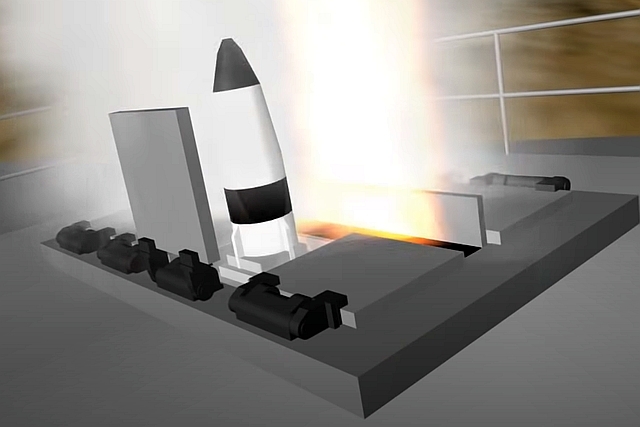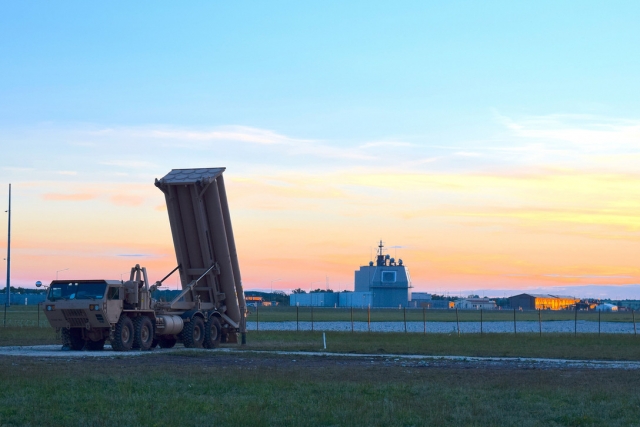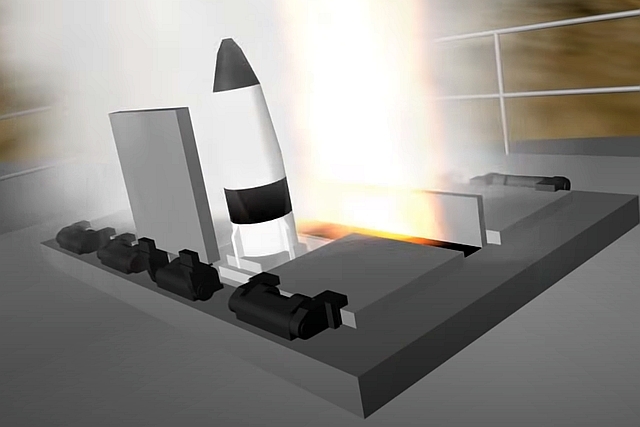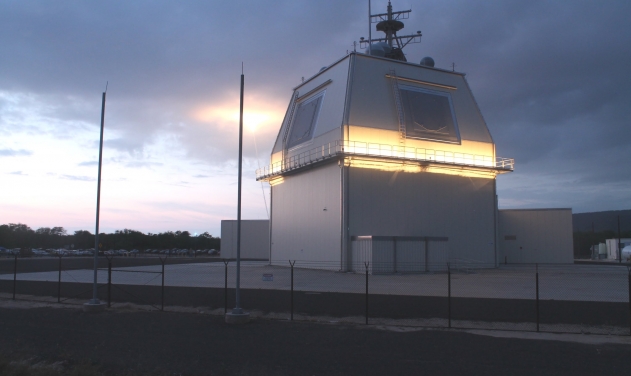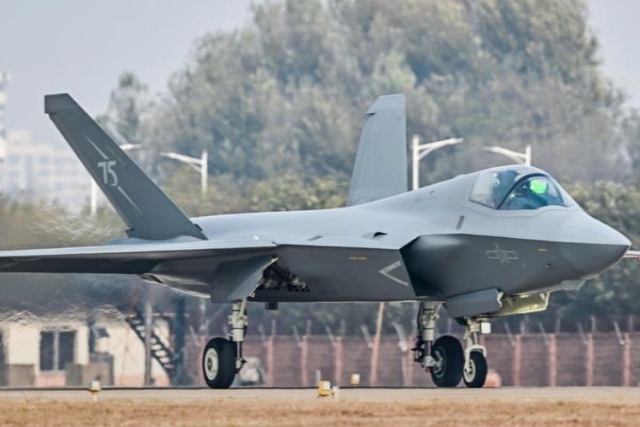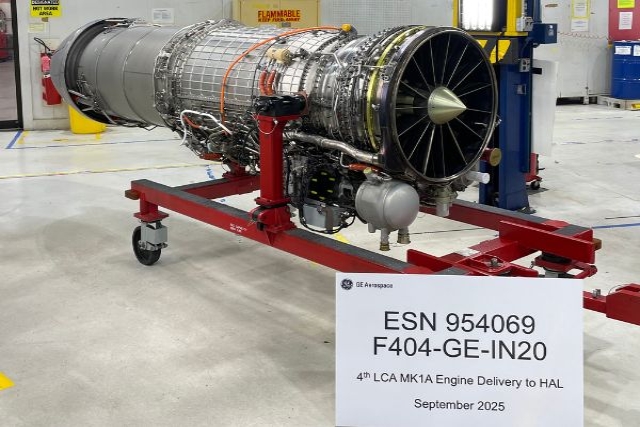Japan Aegis Ashore Plan Not Scuttled
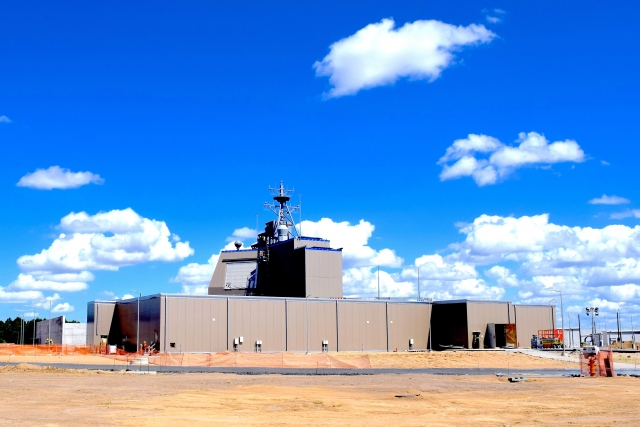
The Japan government may still depoy Aegis Ashore missile batteries at two sites, even as defense minister Taro Kono recently announced shelving of plans.
Tokyo was to put up its Aegis systems in Akita’s Araya district and Yamaguchi’s Mutsumi by 2025. Locals soon began resisting the government’s plans citing health effects of electromagnetic waves emitted by the Aegis Ashore’s radar, as well as the possibility that they could become a target in an armed conflict. Also, a geographical survey used by the Japan MoD as the basis for picking the sites was found to contain numerical errors.
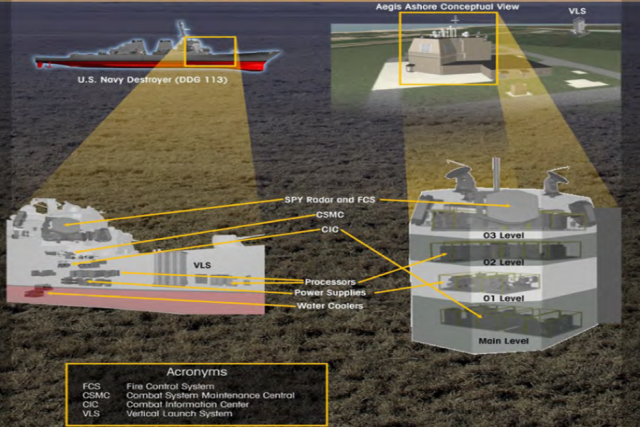
In late June, Kono endorsed plans to cancel the deployment of two land-based U.S. missile defense systems that come with a price tag of over $2 billion. The minister also expressed concern that falling booster stages from interceptor missiles could drop on residents. To avoid this problem, the country would have to shell out an additional $1.87 billion for a fix.

A source has now been quoted as saying by several reports that Japan could still go ahead with deployment. Moreover, a $1 billion contract for Aegis radars with American manufacturer Lockheed Martin has not yet been scrapped. Japan is reportedly looking for the U.S. to recommend an alternative site to eliminate safety issues.
